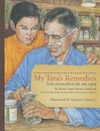
Tata Gus teaches his grandson Aaron how to use natural healing remedies, and in the process helps the members of his family and his neighbors.

Tata Gus teaches his grandson Aaron how to use natural healing remedies, and in the process helps the members of his family and his neighbors.
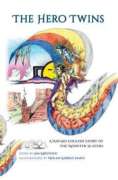
The Hero Twins tells the story of two brothers born to Changing Woman and trained by the Holy People to save their people from the naayéé’, a race of monsters. But the naayéé’ can’t be beaten alone. Family and friends and wise mentors must lead any warrior down the good path toward victory.
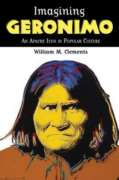
His face has appeared on T-shirts, postage stamps, jigsaw puzzles, posters and an Andy Warhol print. A celebrity and a tourist attraction who attended three World’s Fairs and rode in President Theodore Roosevelt’s inaugural parade, he is a character in such classic westerns as Stagecoach and Broken Arrow. His name was used in the daring military operation that killed Osama bin Laden in 2011, and rumors about the location of his skull at a Yale University club have circulated for a century. These are just a few of the ways that the Apache shaman and war leader known to Anglo-Americans as Geronimo has remained alive in the mainstream American imagination and beyond.
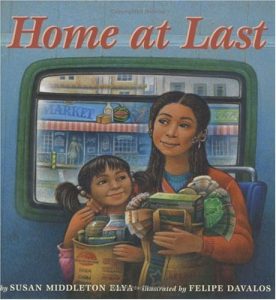 Ana Patino is adjusting well to her new life in the United States, but her mother is having problems because she doesn’t know English. When one of the babies falls ill, Mama tries to get help, but no one can understand her. Convinced that she needs to learn the new language, Mama agrees to take English lessons. As Mama gains new language skills, she also develops a sense of confidence and belonging.
Ana Patino is adjusting well to her new life in the United States, but her mother is having problems because she doesn’t know English. When one of the babies falls ill, Mama tries to get help, but no one can understand her. Convinced that she needs to learn the new language, Mama agrees to take English lessons. As Mama gains new language skills, she also develops a sense of confidence and belonging.
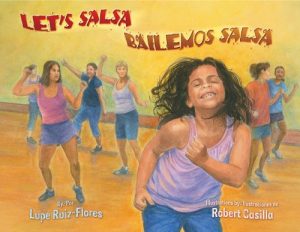 Estella can’t help but giggle when she sees her neighbors, Dona Rosa and Dona Maria, shaking their hips while dancing and sweating at an exercise class at the community recreation center. A few days later, when her mother complains about gaining weight, Estella encourages her to join the class.
Estella can’t help but giggle when she sees her neighbors, Dona Rosa and Dona Maria, shaking their hips while dancing and sweating at an exercise class at the community recreation center. A few days later, when her mother complains about gaining weight, Estella encourages her to join the class.
Let’s Salsa / Bailemos Salsa has been discussed in My Take/Your Take for September 2020.
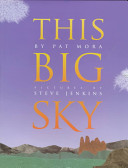
Poems that describe the landscape, people, and animals of the American Southwest.
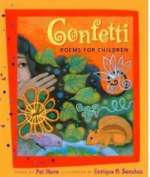
Poems celebrating the beauty of the Southwest as experienced by a Mexican American girl who lives there.
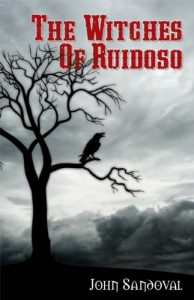
In the last years of the nineteenth century, in the western territory that would become New Mexico, two young people become constant companions. They roam the ancient country of mysterious terrain, where the mountain looms and reminds them of their insignificance, and observe the eccentric characters in the village: Mr. Blackwater, known as “No Leg Dancer” by the Apaches because of the leg he lost in the War Between the States and his penchant for blowing reveille on his bugle each morning; their friend, Two Feather, the Mescalero Apache boy who takes Beth Delilah to meet his wise old grandfather who sees mysterious things; and Senora Roja, who everyone believes is a bruja, or witch, and who they know to be vile and evil.
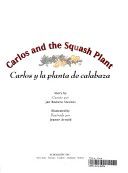
Having ignored his mother’s warnings about what will happen if he doesn’t bathe after working on his family’s New Mexican farm, Carlos awakens one morning to find a squash growing out of his ear.

How a young boy is raised by his grandfather on the Tohono O’odham Indian Reservation. The book denotes various aspects of O’odham himdag (culture) and begins with a simple question that the boy asks his Hu’ul Ke:li (Grandfather) with a culturally relevant answer as to why they do the things they do during the day. Various activities include waking up early in the morning and asking why they do so – to daily chores and activities such as tending horses, working in the garden, hauling water, and gathering food/medicine in the desert.